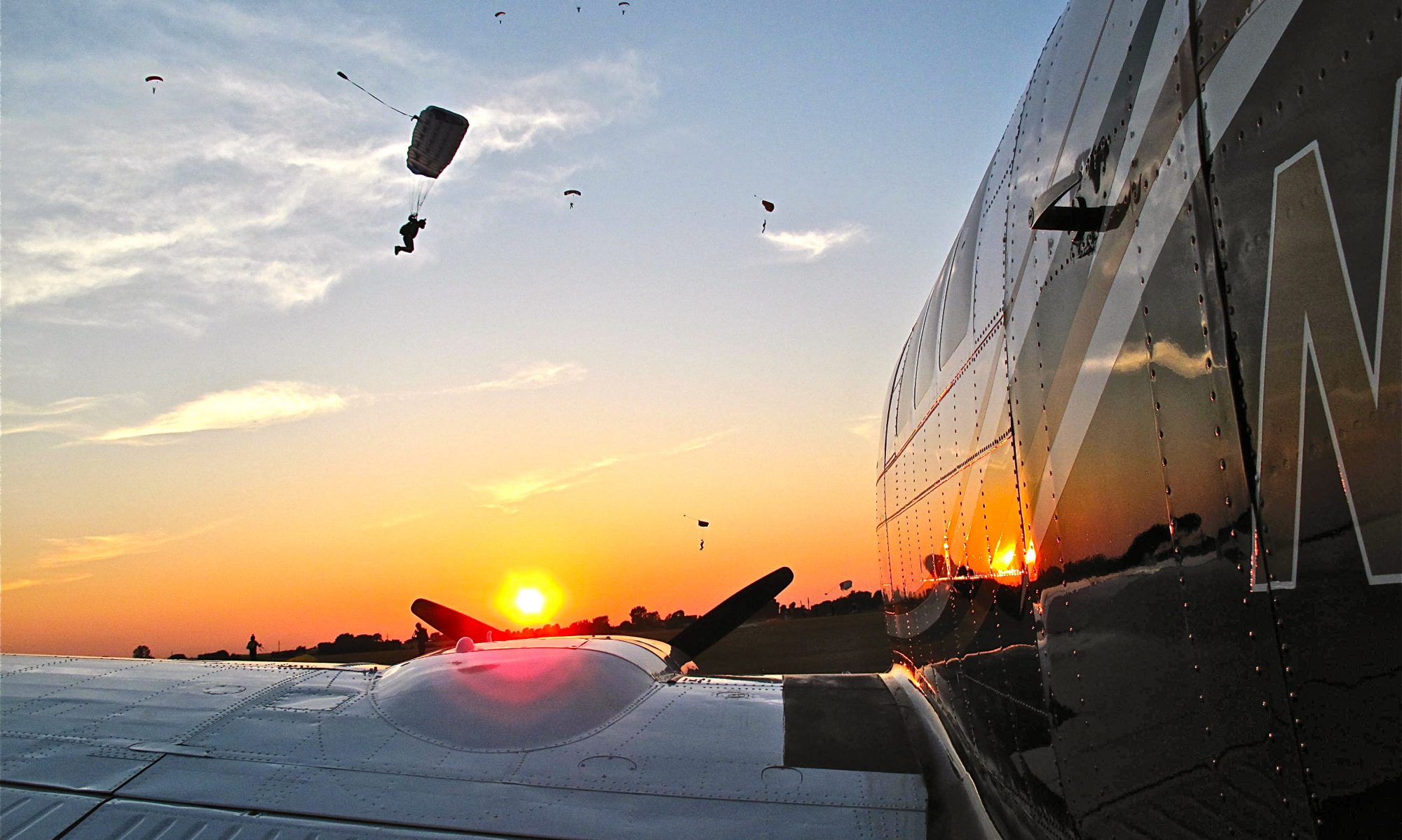Improper use of NEXRAD radar data proves fatal
General Aviation News will often reprint excerpts from National Transportation Safety Board (NTSB) accident reports, including one from October 2010 that involved a Cessna 210 in Aiken, South Carolina, where there was one fatality because the pilot relied on outdated weather radar imagery. The pilot who crashed also did not have an instrument rating nor were there any records of him obtaining a weather briefing or filing a flight plan for a VFR cross-country flight.
During the flight, the pilot had been advised by ATC that there was a broken line of weather with moderate-to-heavy precipitation which extended almost to his destination airport. The pilot told ATC that he was underneath the weather plus he had weather radar on-board.
According to radar records from the time of the accident, various witness statements and surface station measurements, the aircraft was most likely in instrument meteorological conditions during the final two minutes of flight. Radar data also showed that the pilot’s altitude control became erratic after entering the weather system with the aircraft making ever-tightening right turns – a sign the pilot was experiencing spatial disorientation. The aircraft completed roughly two and a half 360° turns of progressively smaller diameters before impacting terrain.
Examination of the wreckage revealed that on-board weather radar was not installed but the remains of a portable global positioning system (GPS) receiver were discovered. However, the receiver was not certificated for use under instrument flight rules and the manufacturer intended for it to only be used as an aid for VFR navigation. The GPS receiver was capable of displaying weather data and images from the NEXt-generation RADar (NEXRAD) ground radar network, but this data was not transmitted in real time with the manufacturer cautioning that the lapsed time between the collection, processing and dissemination of the images could be significant.
Moreover, the FAA says that NEXRAD data along with any radar data should not be used to penetrate hazardous weather as its intended to only be used in an early-warning capacity during pre-departure and for en route evaluation. In addition, NEXRAD images consists of radar data from multiple ground sites displayed as a single mosaic image that could be up to 15 to 20 minutes older than the age indicated on the image.
For the above reasons, the probable cause of the crash was ruled the pilot’s inadequate weather planning and improper decision to continue a VFR flight into IMC leading to spatial disorientation and a loss of control. Contributing to the accident was the improper use of radar imagery for short-range weather avoidance.
